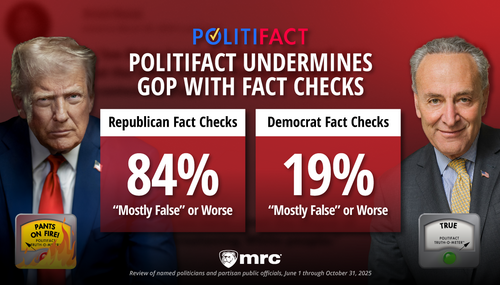The powerful "manufacturing is in decline" meme won't go away soon, but it should.
It apparently isn't enough that the Institute for Supply Management's Manufacturing Index has read "expansion" in 48 of the past 50 months. It has become an article of faith among reporters and opportunistic politicians that American manufacturing has been, and continues to be, in a long-term decline.
The fact is that government reports also show the exact opposite. Why apparently no one, including the sector's supporters, has done, or at least published, the simple math involved to debunk the myth of "deindustrialization" is indeed a mystery.
There has been support by anecdote. For example, on August 6, Joel Kotkin, a presidential fellow in Urban Futures at Chapman University, wrote an op-ed piece for the Wall Street Journal ("The Myth of Deindustrialization"; link requires subscription). His column led as follows:
It's been a quarter-century since author John Naisbitt blithely described manufacturing as a "declining sport" that Americans could easily offshore to Asia. Since then obituaries for U.S. manufacturing, both mournful and enraged, have been written many times.
The reports of death are premature. Many of the most vibrant economic regions in this country -- from the deep South to the Pacific Northwest -- are still making and transporting real goods. The success of America's "material boys" suggests that the old economy and its blue-collar workers -- so often patronized and pitied -- can still more than hold their own in today's global economy.
Mr. Kotkin then cited several examples around the country (Dubuque, Iowa; Houston; Seattle; Charleston, SC, and others) where manufacturing is vibrant and prospering.
But what about the big picture? Reporters and others will usually note that manufacturing's contribution to the economy has fallen from about 25% of Gross Domestic Product (GDP) in the mid-1960s to just over 12% -- as if that ends the "deindustrialization" argument.
It does. The deindustrialization argument disintegrates -- if you remember that the entire 2007 economy is over 3-1/2 times bigger than the economy of 1965.
Specifically, look at this chart (based on data obtained here at the Bureau of Economic Analysis for GDP and components, and from here for GDP growth):

As you can see, the real value of manufacturing output grew at an average rate of about 1% a year from 1965 until 1982, the bottom of the post-Carter Era recession. From that year on, through the remaining Reagan years, Bush 41, Clinton, and first few years of Bush 43, the sector grew at average rate of about 1.5% a year.
What about the rest of the Bush 43 era? After all, in 2003 and 2004, some commentators (examples here and here) attempted to paint the manufacturing sector as near death. Those reports are, to say the least, exaggerated. In the past three years, manufacturing growth has averaged over 2.3%.
Okay, what about the decline in total manufacturing jobs? Well, that's a result of productivity, and calls for a history lesson.
As shown here, in 1945, 16% of American workers were involved in agriculture. By 2000, that percentage had shrunk to 1.9%. Yet, as with manufacturing, and despite steep, long-term, productivity-driven drops in the prices of agricultural commodities, the sector's GDP has grown consistently in real terms -- but again, just not as fast as other sectors in the economy.
When's the last time you read somebody bemoaning the "de-agrification of America"? And who will say that it would be a bad thing if, over the next few decades, we're able to get ever more value out of manufacturing with fewer people as long as overall unemployment stays low?
Cross-posted at BizzyBlog.com.




